The train was carrying industrial materials used in plastics, paint thinners and other products, according to information provided to the federal government.


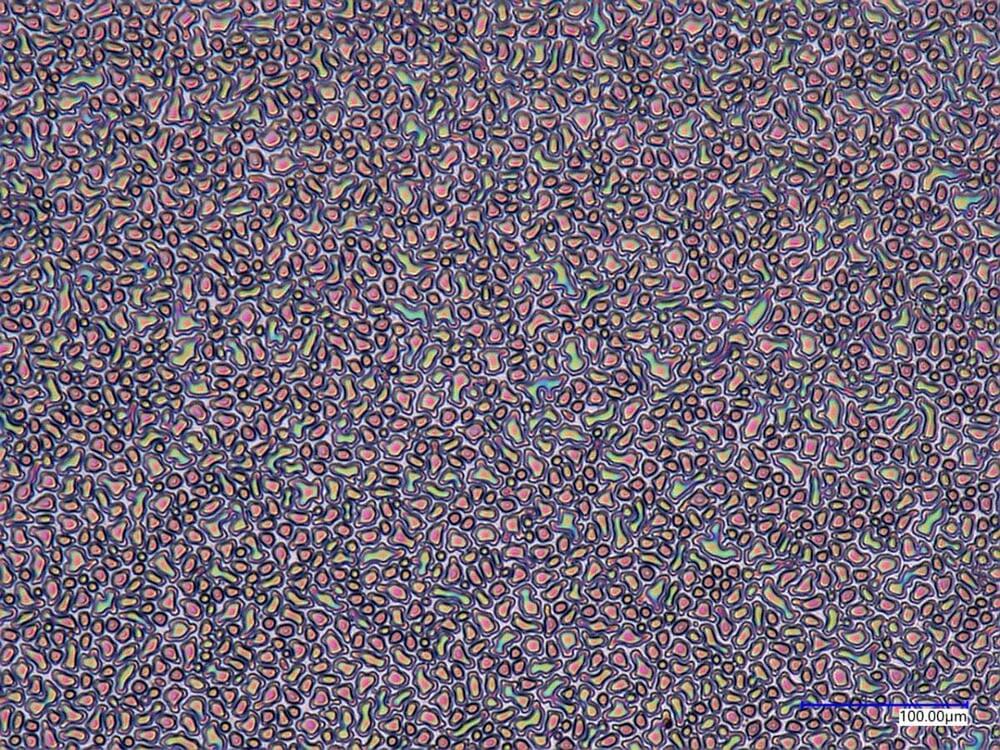
A new all-dry polymerization technique uses reactive vapors to create thin films with enhanced properties, such as mechanical strength, kinetics and morphology. The synthesis process is gentler on the environment than traditional high-temperature or solution-based manufacturing and could lead to improved polymer coatings for microelectronics, advanced batteries and therapeutics.
“This scalable technique of initiated chemical vapor deposition polymerization allows us to make new materials, without redesigning or revamping the whole chemistry. We just simply add an ‘active’ solvent,” said Rong Yang, assistant professor in the Smith School of Chemical and Biomolecular Engineering in Cornell Engineering. “It’s a little bit like a Lego. You team up with a new connecting piece. There’s a ton you can build now that you couldn’t do before.”
This micrograph image shows an initiated chemical vapor deposition coating made by doctoral student Pengyu Chen in the lab of Rong Yang, assistant professor in the Smith School of Chemical and Biomolecular Engineering in Cornell Engineering. (Image: Cornell University)

Artificial enzymes can fight the COVID-causing virus by selectively snipping apart its RNA genome, a new study suggests. Researchers say the technique may overcome key problems with previous technologies and could help create rapid antiviral treatments as threats emerge.
When the COVID pandemic struck, University of Cambridge chemical biologist Alexander Taylor scrambled to repurpose a gene-cutting technology he and his colleagues had been developing: synthetic enzymes called XNAzymes (xeno nucleic acids) formed from artificial RNA. Working single-handedly during lockdown, Taylor generated five XNAzymes targeting sequences in SARS-CoV-2’s genome in a matter of days.
Enzymes are natural catalysts that facilitate chemical transformations—in this case, by chopping other molecules apart. But previous DNA-and RNA-based enzymes have struggled to cut long, highly structured molecules such as virus genomes. Instead they destroy targets by recruiting existing enzymes inside cells—a less precise process that can lead to “off-target” cuts and increased side effects.
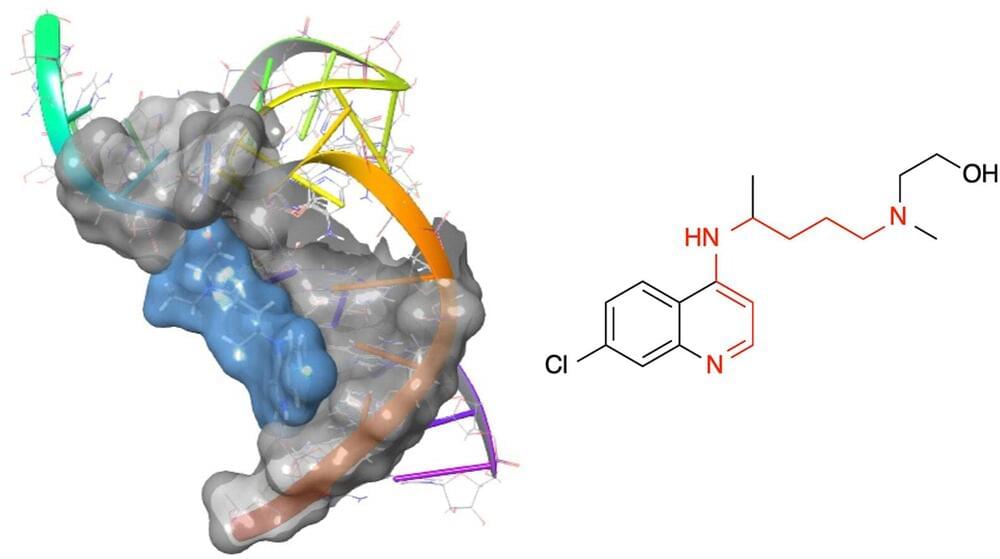
A team of undergraduate and graduate chemistry students in Jennifer Hines’ lab at Ohio University recently uncovered a new class of compounds that can target RNA and disrupt its function. This discovery identified a chemical scaffold that could ultimately be used in the development of RNA-targeted medicines to treat bacterial and viral infections, as well as cancer and metabolic diseases.
RNA is chemically like DNA but also controls the extent to which the DNA’s instructions are carried out within a living cell. It is this essential regulatory role in the function of the cell that makes RNA such an attractive target.
“Trying to target RNA is at the forefront of medicinal chemistry research with enormous potential for treating diseases,” said Hines, professor of chemistry and biochemistry in the College of Arts and Sciences. “However, there are relatively few compounds known to directly modulate RNA activity which makes it challenging to design new RNA-targeted therapeutics.”
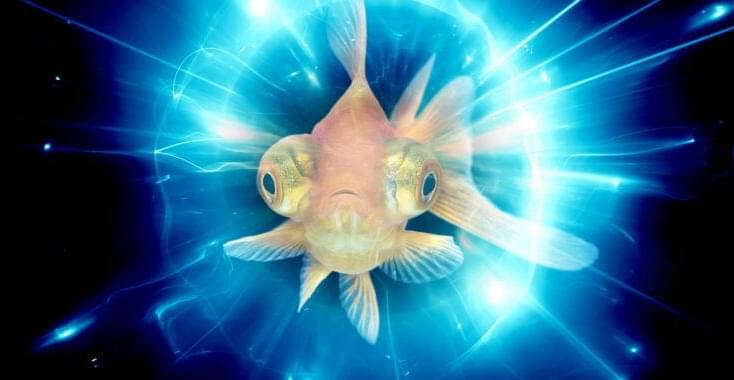
Quantum mechanics is simultaneously beautiful and frustrating.
Its explanatory power is unmatched. Armed with the machinery of quantum theory, we have unlocked the secrets of atomic power, divined the inner workings of chemistry, built sophisticated electronics, discovered the power of entanglement, and so much more. According to some estimates, roughly a quarter of our world’s GDP relies on quantum mechanics.
Yet despite its overwhelming success as a framework for understanding what nature does, quantum mechanics tells us very little about how nature works. Quantum mechanics provides a powerful set of tools for successfully making predictions about what subatomic particles will do, but the theory itself is relatively silent about how those subatomic particles actually go about their lives.
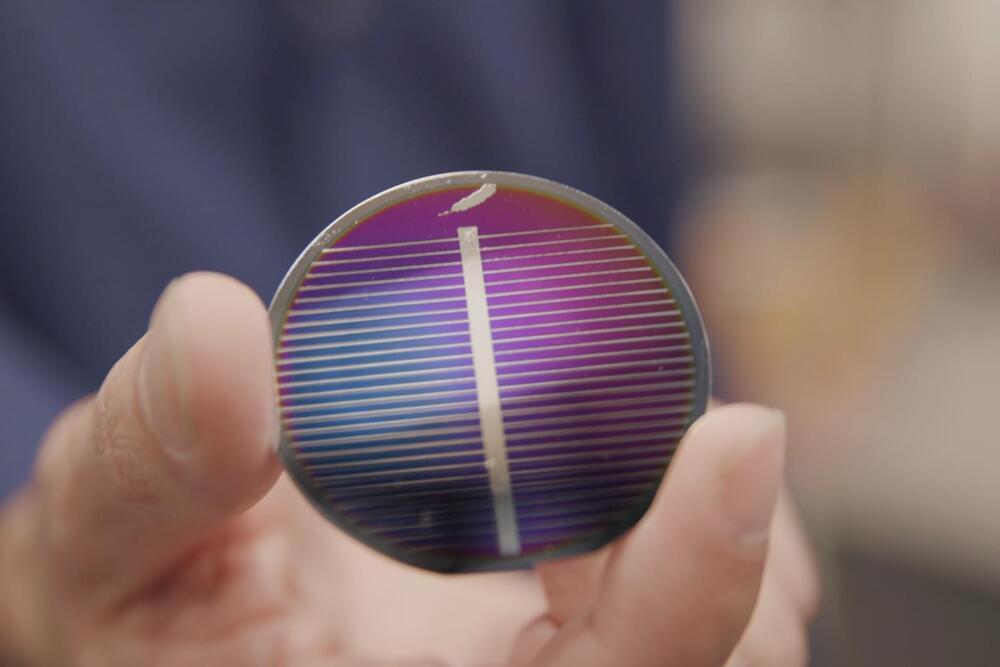
Whether or not Blue Origin puts a lander on the Moon, it might play a key role in sustaining lunar operations. Jeff Bezos’ spaceflight company has revealed that it can produce solar cells and transmission wire using simulated Moon regolith. The firm’s Blue Alchemist technique uses molten electrolysis to separate the lunar soil’s aluminum, iron and silicon from bound oxygen to extract key materials. The process can build solar cells, cover glass and aluminum wire using only sunlight and the reactor’s silicon.
This approach would not only save explorers the trouble of importing material, but would be kinder to both the Moon and Earth. There are no carbon-based emissions, no chemicals and no need for water. The resulting solar cells can operate on the Moon for over a decade despite a “harsh” environment, Blue Origin claims.
As Ars Technica explains, Blue Origin is pitching this as a solution for NASA’s Artemis program and missions to Mars. The space agency could establish bases or other long-term installations while minimizing the environmental impact. While the concept of using regolith to build outposts isn’t new, earlier efforts have largely focused on habitats rather than the power supplying those off-world facilities.
An exploration of the structure of deoxyribonucleic acid, or DNA. If you want to learn more, join our free MITx #700x Introduction to Biology course (http://bit.ly/700xBio) or our #703x Genetics (https://bit.ly/GeneticsPart1) Also try #705x Biochemistry. (http://bit.ly/705xBiochem) or our advanced #728x Molecular Biology course (http://bit.ly/MITx7281x). Learn more about our work: http://web.mit.edu/mitxbio/courses.html.
This video was created for MITx 7.28.1x Molecular Biology: DNA Replication & Repair, offered on edX.
Created by Betsy Skrip (http://betsyskrip.com) and Sera Thornton (http://serathornton.com), with special thanks to Mary Ellen Wiltrout, Stephen Bell, Ceri Riley, and Julian Samal.
© 2015 Massachusetts Institute of Technology. All rights reserved.
In this video students of the Maastricht Science Program NanoBiology Course 2020, show their explanation of the SARS-CoV-2 viral budding. Using CellPAINT, UCFS Chimera and their creativity they explain the nanobiology of how the SARS-CoV-2 virion can bud and leave the cell.
Viruses are not living things. They are just complicated assemblies of molecules, in particular macromolecules such as proteins, oligonucleotides, combined with lipids and carbohydrates. A virus cannot function or reproduce by itself. It needs a host cell.
When a virus enters the host cell, a series of chemical reactions occur that lead to the production of new viruses. A virus needs to find a host cell, attach to it, enter it, and reprogram it such that it will replicate its genome and produce new proteins that allow the assembly of a new virus. Once new viruses have been assembled, they need to get out of the original host cell, on their way to the next host cell they can exhaust. Some viruses have an easy way out: they use up all the resource of the host cells until it dies and lyse. This would only work for naked viruses such as polyomavirus and adenovirus, which lacks a lipid membrane.
Washing hands has been a standard measure since the start of this COVID-19 pandemic. The soap will disintegrate the lipid envelop of the SARS-CoV2 viral particles, as this is an enveloped virus. Enveloped viruses need envelopment, a process in which the capsids become surrounded by a lipid bilayer. This process takes place prior to release. Two mechanisms for envelopment exist. First, envelopment can proceed sequentially after the completion of capsid assembly. The fully assembled capsids are recruited to the membrane by interaction of the viral capsids with viral envelope glycoprotein. Examples of this include herpesvirus and hepatitis B virus. Secondly, the envelopment can occur simultaneously with the capsid assembly. Retrovirus is the representative of this coupled mechanism.
Where does the membrane for the envelopment come from? Some viruses, such as retrovirus and influenza virus, using the plasma membrane as the site of envelopment, whereas others, such as herpesvirus and hepatitis B, use the endoplasmic reticulum (ER) and Golgi bodies as the site of envelopment.
Enveloped viruses are released from the infected cell via exocytosis, a process which is often also called budding. Viruses exploit cellular mechanisms to produce their own progeny extracellularly. For example, the budding of retroviral Gag is facilitated by ESCRT complexes, which are normally involved in the multi-vesicular bodies (MVB) pathway. How does SARS-CoV2 release its offspring from the infected cell? Can we interfere with these steps such that we attack the virus at each step of its life cycle?
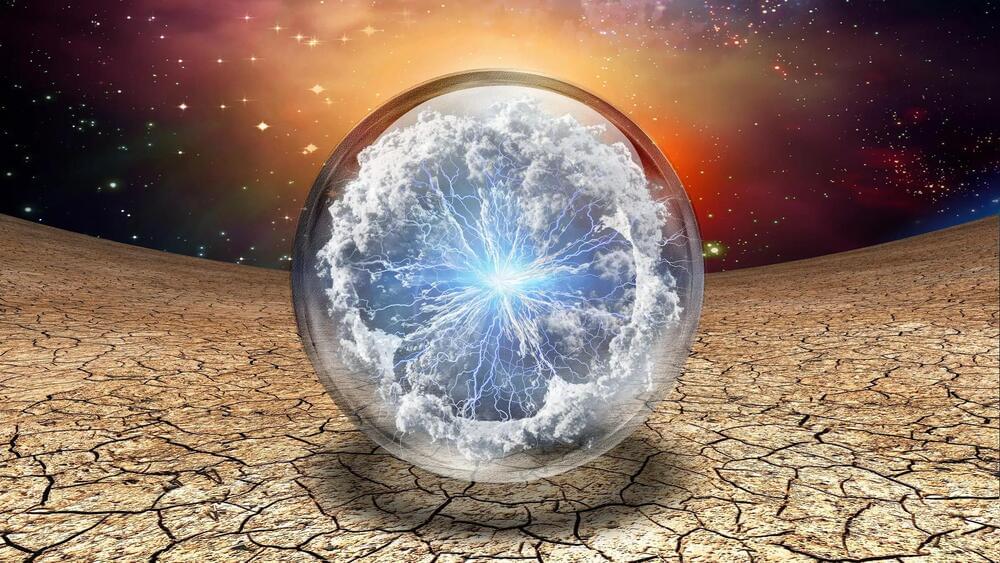
New research reveals clues about the physical and chemical characteristics of Earth when life is thought to have emerged.
About four billion years ago, the first signs of life emerged on Earth in the form of microbes. Although scientists are still determining exactly when and how these microbes appeared, it’s clear that the emergence of life is intricately intertwined with the chemical and physical characteristics of early Earth.
“It is reasonable to suspect that life could have started differently—or not at all—if the early chemical characteristics of our planet were different,” says Dustin Trail, an associate professor of earth and environmental sciences at the University of Rochester.
